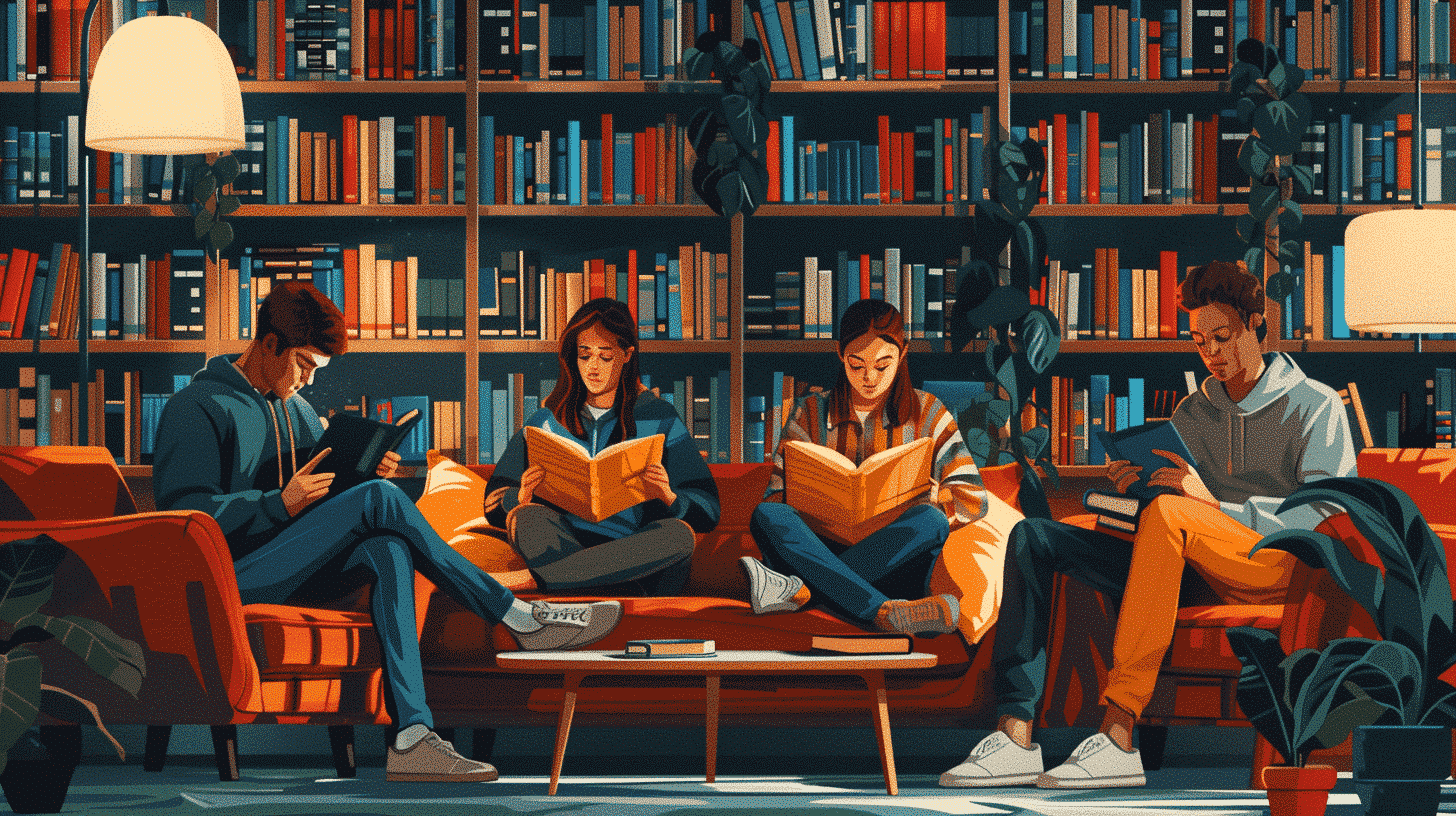The Significance of Context in Language Learning
Learning a language is not just about memorizing vocabulary and grammar rules; it’s about understanding the context in which the language is used. Berlin’s public exhibitions offer a wealth of contexts, from historical exhibits to modern art installations, that can provide a deeper understanding of the German language. When you visit these exhibitions, you are not just learning words; you are learning how those words are used in real-life situations.
Historical Exhibitions
Berlin is a city steeped in history, and its numerous historical exhibitions provide an excellent opportunity to learn German. Museums like the Deutsches Historisches Museum and the Berlin Wall Memorial offer detailed exhibits that cover various periods of German history. By reading the descriptions and listening to the audio guides in German, you can enhance your vocabulary and improve your understanding of historical contexts.
For example, when visiting the Berlin Wall Memorial, you will come across terms like “Wiedervereinigung” (reunification) and “Flucht” (escape). These words are not just vocabulary items; they are loaded with historical significance. Understanding the context in which these words are used can help you remember them more effectively and use them appropriately in your own conversations.
Art Exhibitions
Art exhibitions are another fantastic resource for language learners. Berlin is home to world-renowned art museums like the Pergamon Museum and the East Side Gallery. These venues offer not just visual stimuli but also textual information in German. Reading the descriptions of artworks and listening to guided tours in German can help you expand your vocabulary and improve your listening skills.
Art often deals with abstract concepts, which can introduce you to more complex language structures and vocabulary. For instance, while exploring the East Side Gallery, you might come across words like “Freiheit” (freedom) and “Unterdrückung” (oppression). These are not just words; they are concepts that have shaped German history and culture. By understanding these concepts, you can gain a deeper appreciation of the language and its cultural context.
Interactive and Thematic Exhibitions
Berlin also offers a variety of interactive and thematic exhibitions that can make language learning more engaging. These exhibitions often include hands-on activities, multimedia presentations, and interactive displays, which can make the learning process more dynamic and enjoyable.
Science and Technology Exhibitions
For those interested in science and technology, the Deutsches Technikmuseum and the Science Center Spectrum offer a plethora of exhibits that can help you learn technical German. These exhibitions cover topics ranging from aviation to telecommunications, providing a specialized vocabulary that you might not encounter in everyday conversations.
When visiting these museums, you might come across terms like “Erfindung” (invention) and “Entwicklung” (development). These words are crucial for understanding scientific and technological advancements, and learning them in context can make them easier to remember and use.
Pop Culture and Media Exhibitions
Berlin is also a hub for pop culture and media, with exhibitions like the Museum für Film und Fernsehen and the Computerspielemuseum. These venues offer a unique opportunity to learn German through the lens of popular culture and media. Whether you’re interested in the history of German cinema or the evolution of video games, these exhibitions provide a rich source of vocabulary and cultural references.
For example, at the Museum für Film und Fernsehen, you might come across terms like “Drehbuch” (screenplay) and “Regisseur” (director). These words are essential for discussing films and media, and understanding their context can help you use them more effectively in conversations.
Practical Tips for Using Exhibitions to Learn German
To make the most of your visits to Berlin’s public exhibitions, here are some practical tips that can help you enhance your language learning experience:
Take Notes
While exploring the exhibitions, take notes of any new words or phrases you come across. Write down their meanings and try to use them in sentences. This can help reinforce your learning and make it easier to remember the new vocabulary.
Engage with Audio Guides and Tours
Many exhibitions offer audio guides and guided tours in German. Take advantage of these resources to improve your listening skills and pronunciation. Pay attention to how native speakers use certain words and phrases, and try to mimic their pronunciation and intonation.
Ask Questions
Don’t be afraid to ask questions if you don’t understand something. Museum staff and tour guides are usually more than happy to help, and asking questions can provide you with valuable language practice. It also shows that you are actively engaged in the learning process.
Practice Speaking
Use the exhibitions as an opportunity to practice speaking German. Try to describe the exhibits in your own words, either to yourself or to a fellow learner. This can help you become more comfortable with using the language and improve your speaking skills.
Immerse Yourself
Immerse yourself in the language and culture as much as possible. Listen to German music, watch German films, and read German books related to the themes of the exhibitions. This can help reinforce your learning and provide additional context for the new vocabulary and concepts you encounter.
Conclusion
Berlin’s public exhibitions offer a wealth of opportunities for language learners to improve their German skills. By immersing yourself in the city’s rich cultural and historical landscape, you can gain a deeper understanding of the language and its context. Whether you’re exploring historical exhibits, art installations, or interactive displays, each experience provides a unique opportunity to expand your vocabulary, improve your listening skills, and enhance your overall language proficiency.
Remember, language learning is a journey, and every little step you take brings you closer to your goal. So, take advantage of Berlin’s public exhibitions, engage with the language and culture, and most importantly, enjoy the process. Happy learning!









